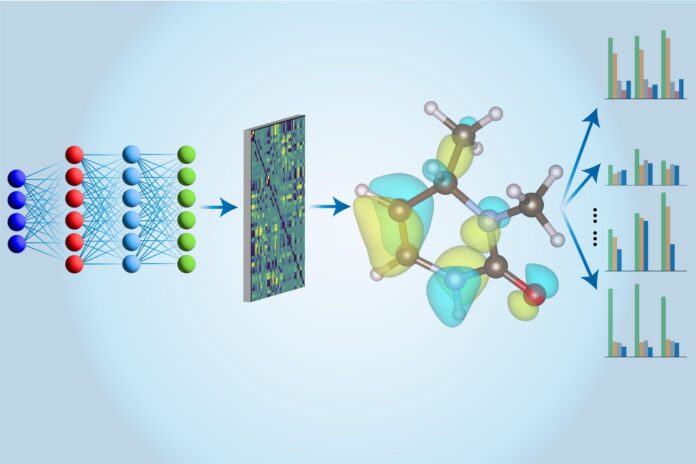Introduction to Materials Science
Materials science has come a long way since the days of alchemy, when scientists tried to turn lead into gold. With the discovery of the periodic table of elements, researchers can now understand the properties of different elements and how they can be combined to create new materials. In recent years, machine learning has revolutionized the field of materials science, enabling researchers to determine the structure and physical properties of molecules and substances with greater accuracy.
The Limitations of Current Methods
Most machine learning models used in materials science are based on density functional theory (DFT), which has some limitations. While DFT has been successful in determining the total energy of a molecule or crystal, its accuracy is not uniform, and it only provides information about the lowest total energy of the molecular system. To overcome these limitations, researchers have turned to coupled-cluster theory (CCSD(T)), which is considered the gold standard of quantum chemistry.
A New Approach: Coupled-Cluster Theory
CCSD(T) is a more accurate method than DFT, but it is also more computationally expensive. To make CCSD(T) more practical, researchers have developed a neural network model that can learn from CCSD(T) calculations and make predictions about molecular properties. This model, called the Multi-task Electronic Hamiltonian network (MEHnet), can extract more information about a molecule than just its energy, including its electronic properties, such as the dipole and quadrupole moments, electronic polarizability, and the optical excitation gap.
How MEHnet Works
MEHnet uses a novel architecture that incorporates physics principles directly into the model. The network is trained on CCSD(T) calculations and can make predictions about molecular properties with high accuracy. The model has been tested on known hydrocarbon molecules and has outperformed DFT counterparts, closely matching experimental results.
Applications and Future Directions
The MEHnet model has the potential to revolutionize the field of materials science, enabling researchers to design new materials with specific properties. The model can be used to analyze large molecules, including those with thousands of atoms, and can predict the properties of hypothetical materials. This could lead to breakthroughs in areas such as drug design, semiconductor devices, and battery technology.
Conclusion
The development of the MEHnet model is a significant breakthrough in the field of materials science. By combining the accuracy of CCSD(T) with the power of machine learning, researchers can now design new materials with specific properties and predict their behavior with high accuracy. As the model continues to be developed and refined, it is likely to have a major impact on a wide range of fields, from chemistry and biology to materials science and engineering. With its potential to solve complex problems and enable the discovery of new materials, the MEHnet model is an exciting development that could shape the future of materials science.

